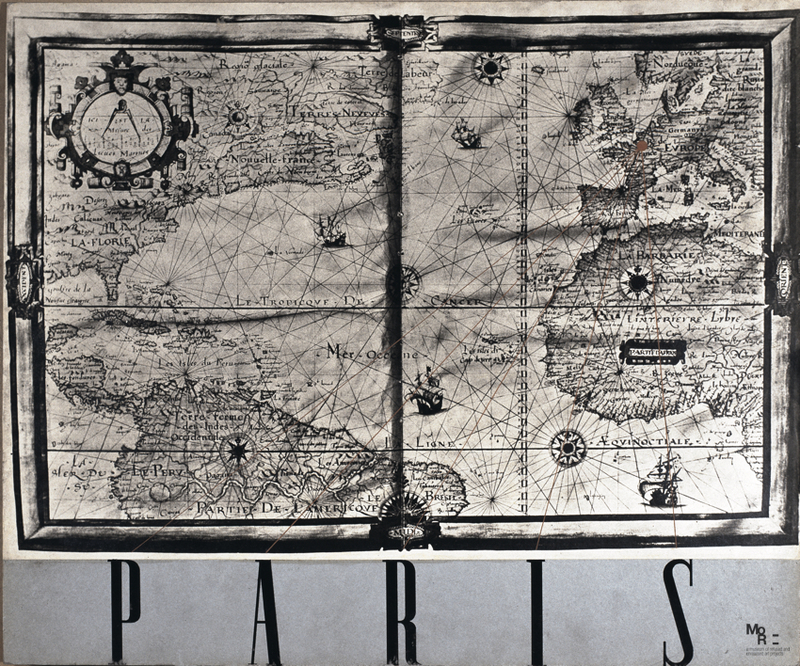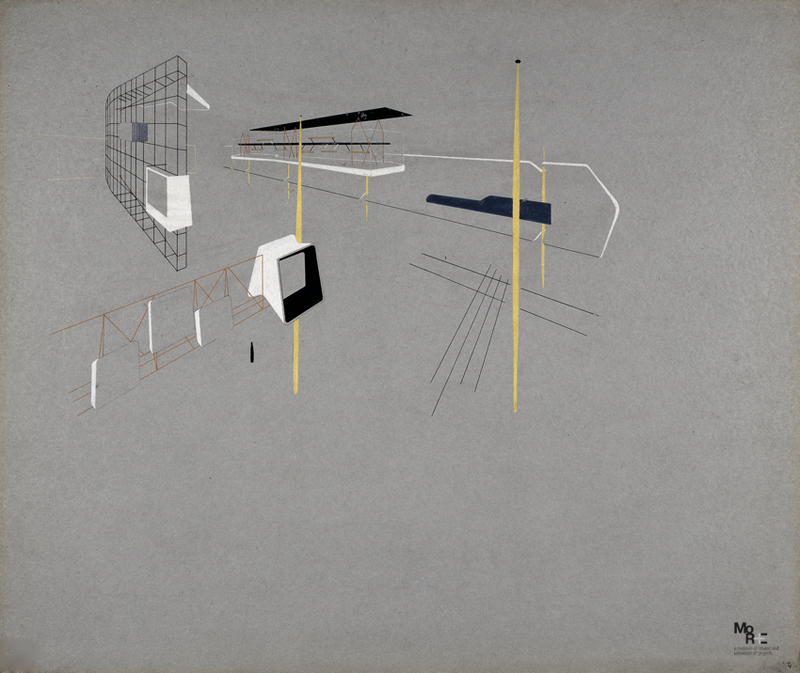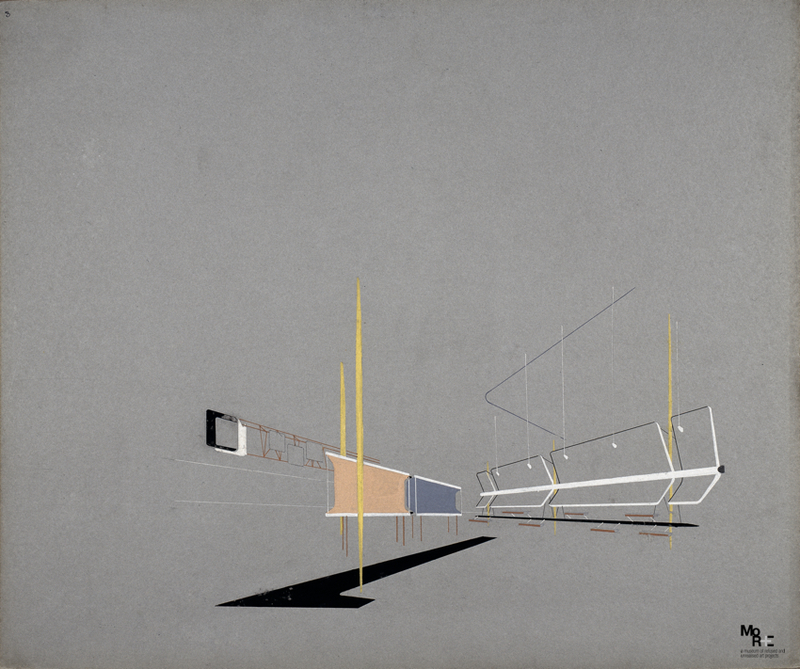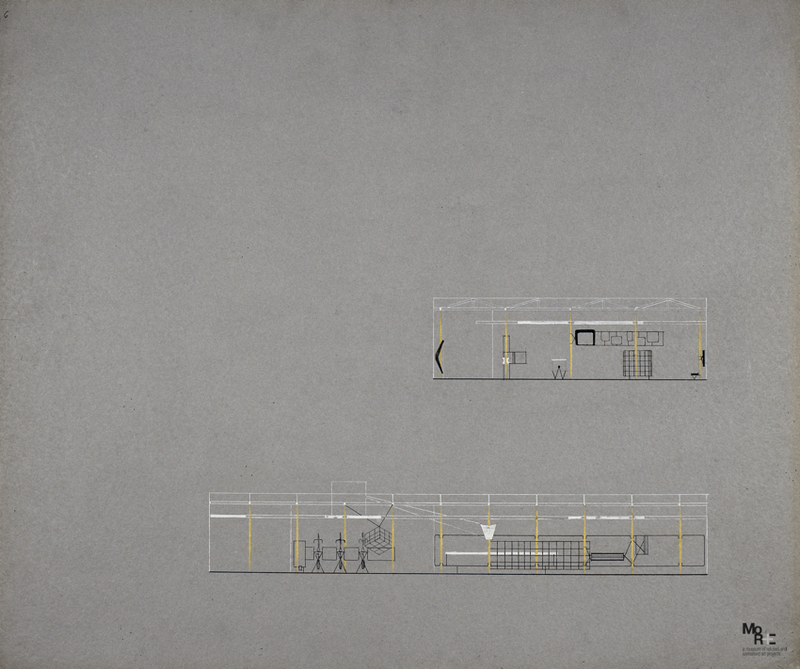Ivan Picelj, Zvonimir Radic, Vjenceslav Richter & Aleksandar Srnec, Yugoslavian Pavilion in Paris, 1950
The Yugoslav Pavilion designed for the Paris Exposition in 1950 reflected the social and cultural climate following the Second World War, when the country was distancing itself from Stalinism and embracing the ideology of real socialism. There was a strong cultural revival, and the abstract and concrete historical avant-gardes were being reclaimed and analysed, especially Constructivism and the Bauhaus method. The search for a synthesis in the visual arts and architecture characterised the EXAT 51 programme and related 1951 Manifesto, signed by the Pavilion’s authors.




